
Review on 🎮 High-performance Gaming Motherboard: ASUS TUF Gaming B550M-PLUS (WiFi 6) AMD AM4 (3rd Gen Ryzen microATX) - PCIe 4.0, 2.5Gb LAN, HDMI 2.1, USB 3.2 Gen 2 by Kayla Mccants

Good feature set but almost unusable
Pros: - Two NVMe slots, both support PCIe (the second one goes through the chipset) - Good VRMs with large heatsinks. Moderate overclocking abilities - Intel Wifi 6 and Bluetooth 5 works on Linux "out of the box" - Good sound chipset with no line noise on analog jacks Cons: - Doesn't work well on Linux "out of the box" until all CPU power saving is disabled - LAN chipset is not supported on Linux without a 5.9 kernel (sorry Ubuntu 20.04 users) - BIOS updates reset settings to default for a seemingly random set of options in BIOS - good luck with the Installing Windows 10 - Installer cannot find NVMe or SATA drives even after extracting all drivers from Asus website and drive. Other thoughts: This board is inconvenient to work with. It randomly hangs when the system is idle on Linux - of any kind - be it Ubuntu, Manjaro, Live ISO releases, whatever. Disabling all power saving features was the only way to achieve stable operation. My old inexpensive $60 MSI board had no such issues with the same CPU, RAM, etc. Having issues with such recent hardware on Linux is one thing, but the lack of drivers to even install Windows is confusing. I've tried extracting everything from the disc and website to a USB stick, but the latest Windows 10 installer ISO from Microsoft's website couldn't find a compatible driver that would show the damn NVMe or SATA devices . I think you need to run them in IDE mode like 1999, but since my graphics card is UEFI only I had to give up. I can only imagine what a nightmare it must be for people building their first system.
- High performance gaming network: WiFi 6 (802.11ax), 2.5Gb LAN with ASUS LANGuard
- Functionality
New products
Comments (0)
Top products in 🧰 Computer Internal Components
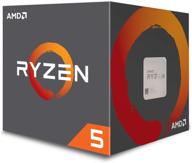
🔋 Power Up Your Gaming Rig with AMD Ryzen 5 2600 Processor with Wraith Stealth Cooler - YD2600BBAFBOX

116 Review
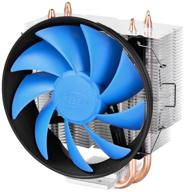
Deepcool GAMMAXX 300 CPU cooler, silver/black/blue

166 Review

Unleash High-Performance with AMD Ryzen 5 3600XT Processor & Wraith Spire Cooler

223 Review
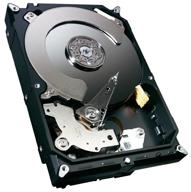
Seagate Barracuda 1TB HDD ST1000DM003

93 Review
Another interesting products

Comprehensive 500pcs Laptop Screw Kit Set for 🔩 IBM HP Dell Lenovo Samsung Sony Toshiba Gateway Acer

12 Review
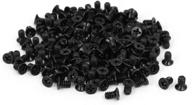
uxcell 3.5" HDD Screw Black 200pcs for Computer PC Case - Flat Phillips Head - 6#-32 - Hard Drive Fasteners

10 Review
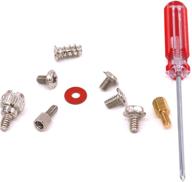
Glarks 660 Pieces Phillips Assortment Motherboard

10 Review
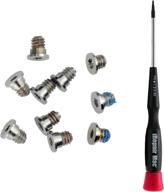
MacBook Retina 13-inch (A1425, A1502) and 🔩 15-inch (A1398) Bottom Case Screw Set with Pentalobe Screwdriver

11 Review

